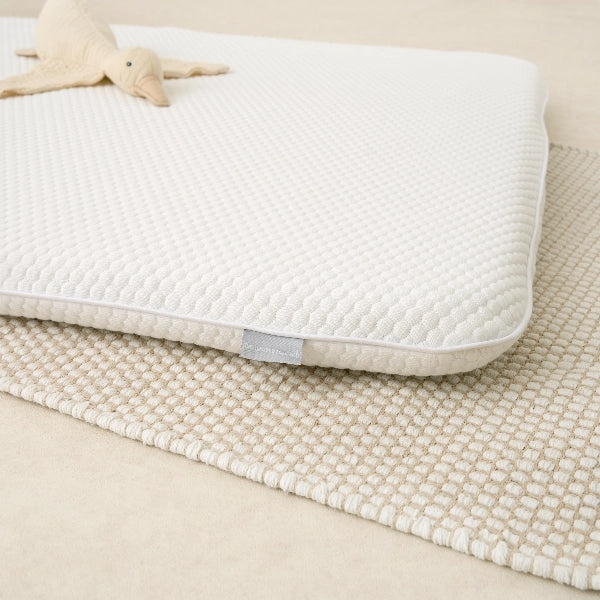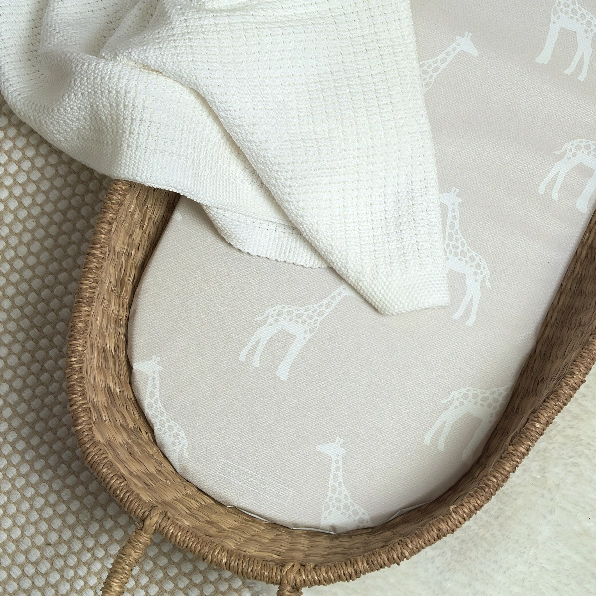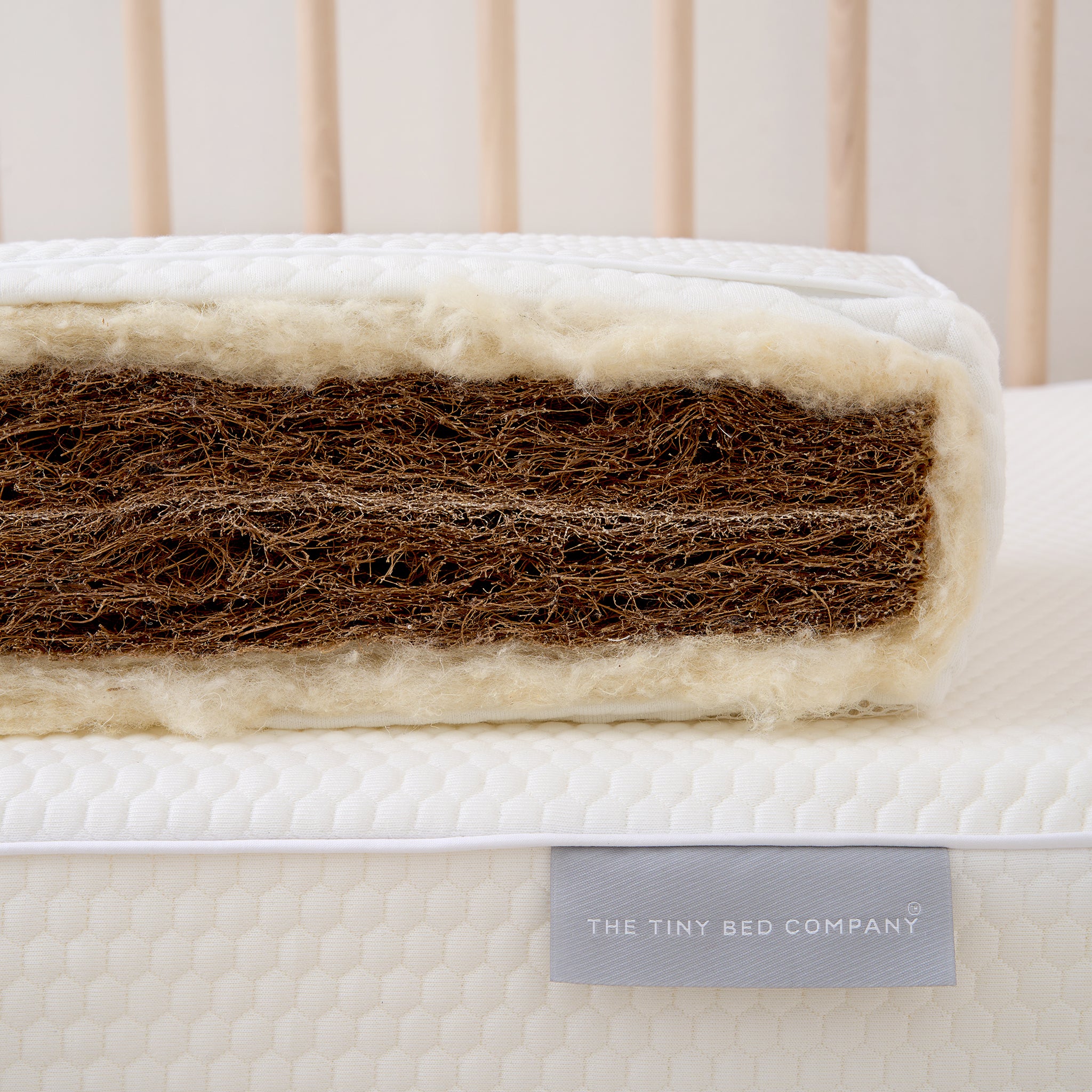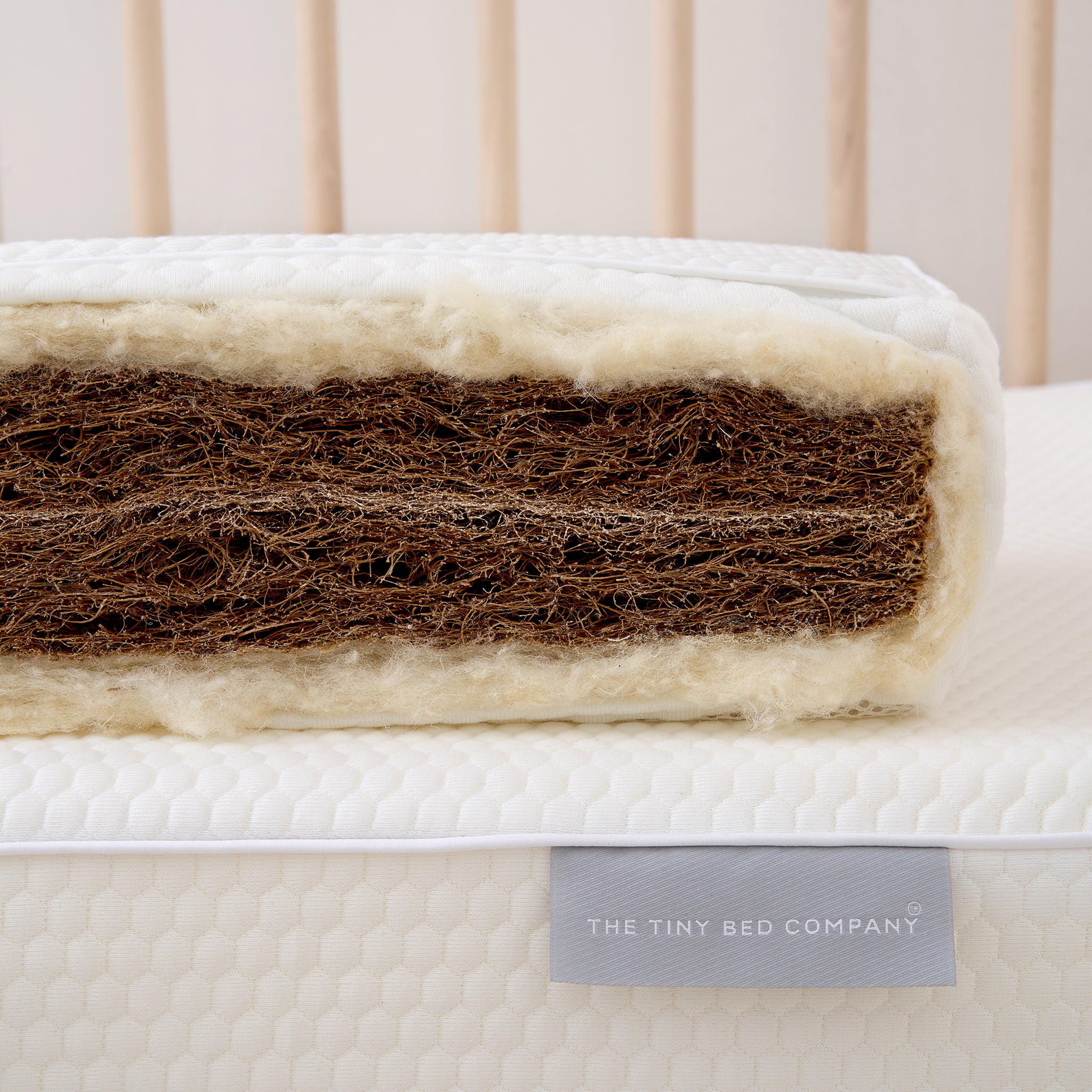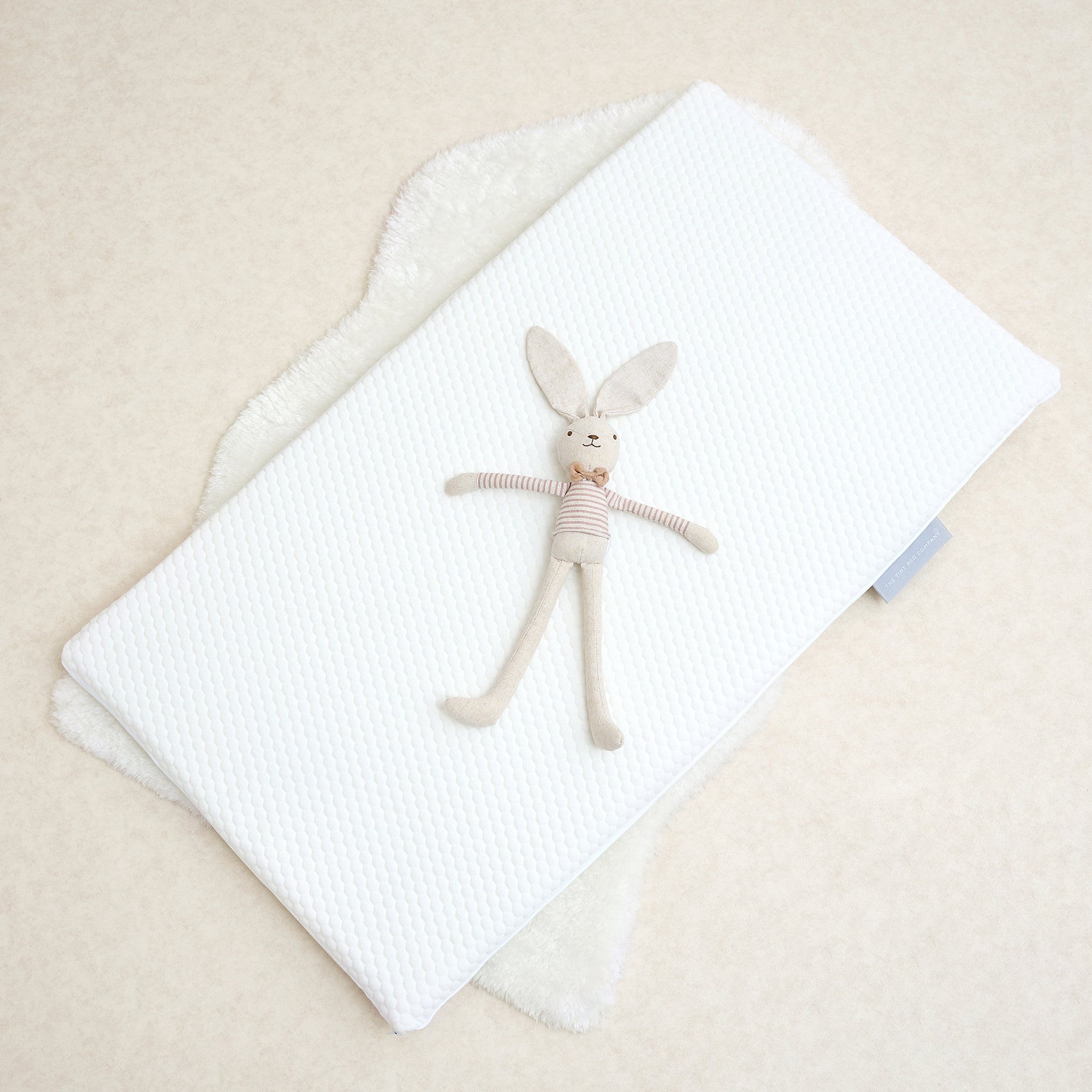The Essential Guide to Weaning: Introducing Solid Foods to Your Baby
Weaning is a significant milestone in a baby’s development, marking the transition from exclusive milk feeding to the introduction of solid foods. This process not only supports your baby’s nutritional needs but also fosters their growth and development in numerous ways. As a parent, understanding when and how to start weaning can make this journey smoother for both you and your little one. In this blog, we'll explore the essentials of weaning, offering practical tips and insights to help you navigate this exciting phase.
What is Weaning?
Weaning refers to the gradual process of introducing solid foods to a baby’s diet while phasing out breastfeeding or formula feeding. This transition typically begins around six months of age, though the exact timing can vary based on individual development and readiness.
Signs Your Baby is Ready for Weaning
Before starting weaning, it’s important to ensure your baby is ready. Look out for these signs:
- Sitting Up with Minimal Support: Your baby should be able to sit upright and hold their head steady.
- Interest in Food: If your baby starts watching you eat, reaching for food, or opening their mouth when food is offered, they may be ready.
- Loss of Tongue-Thrust Reflex: This reflex, which causes babies to push food out of their mouths, diminishes around six months.
- Hunger After Milk Feeds: If your baby seems hungry after regular milk feeds, it might be time to introduce solids.
How to Start Weaning
-
Choose the Right Time: Start weaning when both you and your baby are relaxed and not rushed. Avoid beginning during times of stress or major changes.
-
Begin with Single Foods: Start with simple, single-ingredient foods that are easy to digest. Good options include pureed vegetables (carrots, sweet potatoes), fruits (apples, pears), and cereals (rice cereal).
-
Introduce One Food at a Time: Offer one new food every three to five days to monitor for any allergic reactions. This also helps identify any foods that may not agree with your baby.
-
Offer Small Amounts: Begin with a teaspoon or two of pureed food once a day. Gradually increase the quantity and variety as your baby becomes accustomed to eating solids.
-
Maintain Milk Feeds: Continue breastfeeding or formula feeding while introducing solids. Milk remains a primary source of nutrition during the early stages of weaning.
Tips for Successful Weaning
- Be Patient and Positive: Weaning is a gradual process, and each baby adapts at their own pace. Offer praise and encouragement to make mealtime enjoyable.
- Create a Routine: Establish a regular feeding schedule to help your baby anticipate mealtimes and develop healthy eating habits.
- Involve the Family: Eating together as a family can make weaning a social and enjoyable experience for your baby.
- Watch for Cues: Pay attention to your baby’s hunger and fullness cues. If they turn their head away, spit out food, or show disinterest, it’s okay to stop and try again later.
- Ensure Safety: Always supervise your baby while they are eating to prevent choking. Use appropriate utensils and offer soft, small pieces of food.
Common Challenges and How to Overcome Them
- Rejection of Food: It’s normal for babies to refuse new foods. Keep offering a variety of foods, and don’t be discouraged if it takes multiple attempts for your baby to accept a new taste.
- Allergies: Talk to your GP or health visitor for advice if you suspect any allergies prior to starting your weaning journey.
- Messy Eating: Embrace the mess! Weaning is a sensory experience, and allowing your baby to explore food through touch and play is part of the learning process.
Conclusion
Weaning is an exciting and rewarding journey that lays the foundation for your baby’s lifelong eating habits. By starting at the right time, introducing foods gradually, and maintaining a positive and patient approach, you can help your baby develop a healthy relationship with food. Remember, every baby is unique, and what works for one might not work for another. Trust your instincts, stay flexible, and enjoy this special time of discovery and growth with your little one. Happy weaning!


